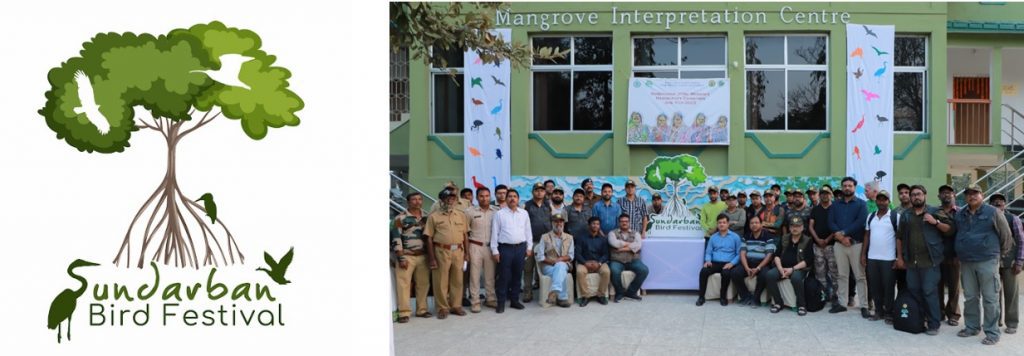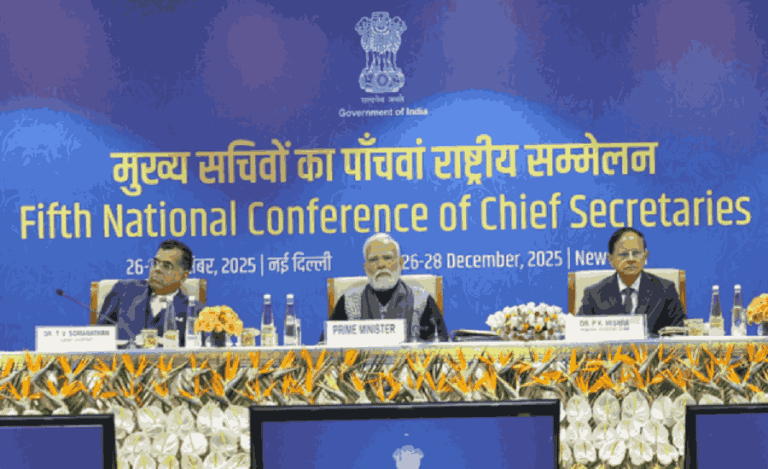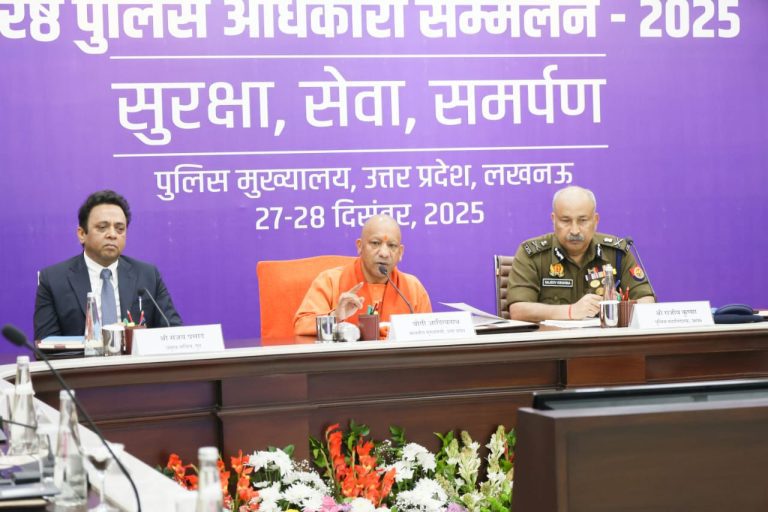As a forest officer, wildlife conservation is a crucial duty. While some officers simply fulfill their responsibilities, others go above and beyond to protect wildlife. S. Justin Jones, an Indian Forest Service (IFS) Officer from the 2018 batch and the Deputy Director of the Sundarbans Tiger Reserve, is a prime example of the latter. He has been exceptionally proactive in his role, implementing various innovative measures that have significantly enhanced the protection and conservation of wildlife in the Sundarbans region.
One of his notable achievements includes the conservation of the critically endangered Batagur baska turtle species. In addition to this, Jones has initiated the estimation of several important species in the Sundarbans and launched Bird Festivals. These festivals have attracted a large number of tourists, contributing both to the local economy and to conservation efforts. Furthermore, he has assisted the West Bengal Forest Development Corporation Ltd. (WBFDCL) in securing a Geographical Indication (GI) tag for ‘Sundarban Mouban Honey.’
Indian Masterminds recently interviewed Mr. Jones to gain deeper insights into his initiatives and his vision for preserving the biodiversity of the Sundarbans.
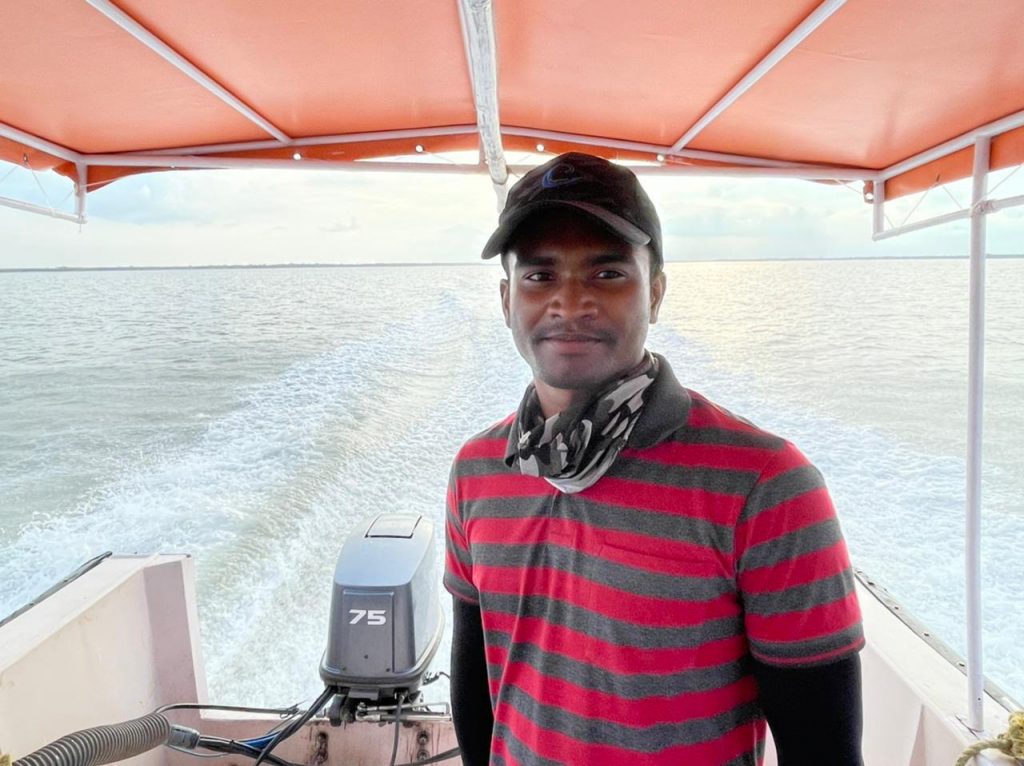
THE BATAGUR BASKA
The Batagur baska is one of the most endangered turtle species in the world, and Mr. Justin Jones has played a crucial role in its conservation. He was instrumental in creating the Vision and Action Plan for the Batagur baska in the Sundarbans. Currently, this species is found only in India and Bangladesh and is almost extinct in the wild. The remaining population exists only in a few controlled environments, where it used to breed annually.
In 2022, Jones introduced a technically advanced artificial incubation method for the Batagur baska, a groundbreaking approach since such incubation had never been attempted before. This innovative technique has been highly successful, correcting the declining sex ratio and achieving a remarkable 98% survival rate. “When we started this incubation, we were pioneers in uncharted territory,” Jones said. “We experimented with various methods, found success in many, and standardized the procedure.”
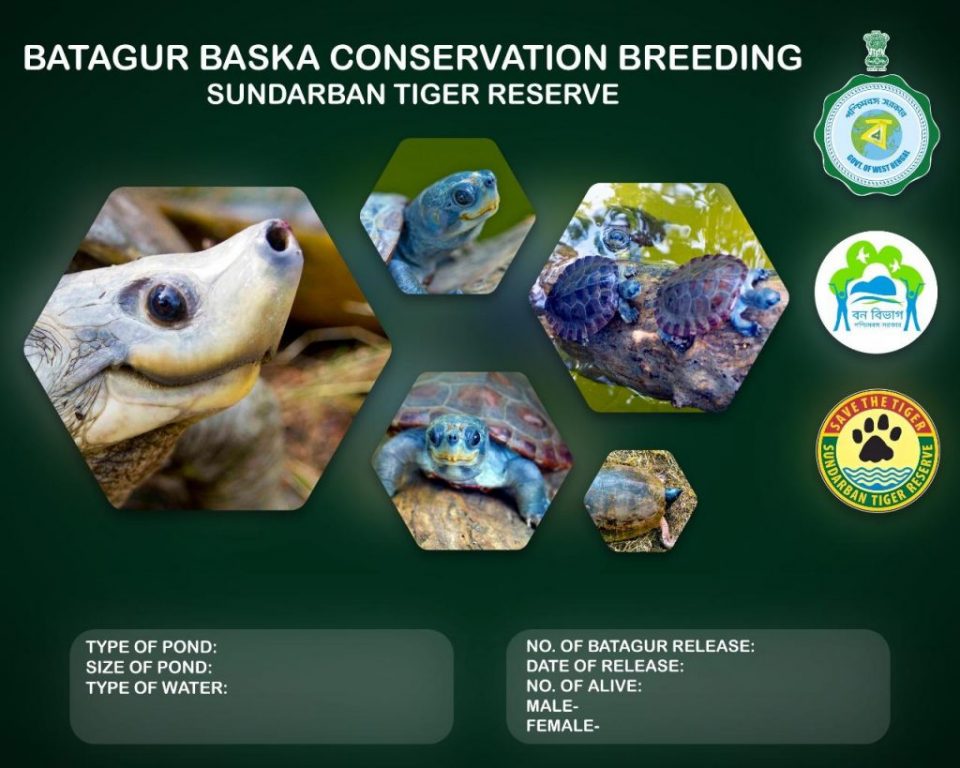
By 2025, the department plans to release around 200 Batagur baska back into the wild to help rewild the population. The current population of Batagur baska in the Sundarbans camp exceeds 500. While, the incubation program began with 7 females and 5 males.
THE GPS TAGGING
In addition to turtle conservation, the Sundarbans Tiger Reserve authorities tagged GPS transmitters to a batch of 12 northern river terrapin turtles, also known as Batagur baska, in 2022. The objective was to understand their survival and dispersal patterns. This project aimed to gather data on their habitat, preferred locations, breeding patterns, and movement.
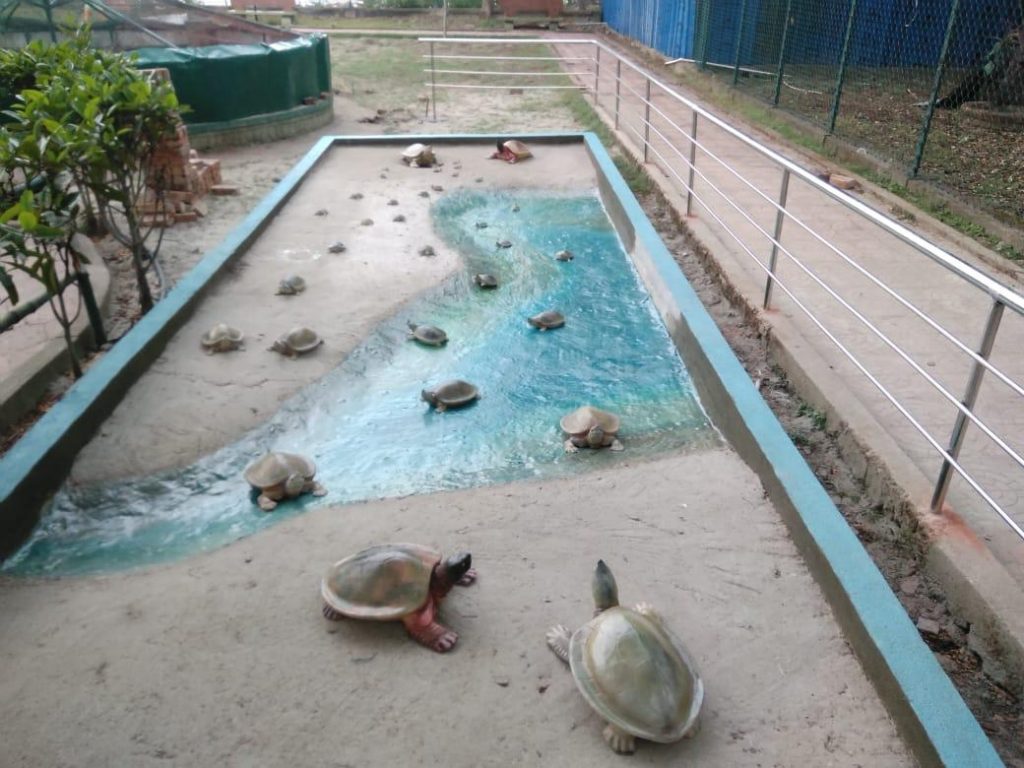
Jones remarked, “When we first learned about the Batagur in the 1990s, the species was already considered extinct. The data from the satellite transmitters has been invaluable, providing us with essential ecological information for the conservation of these turtles in the Sundarbans.”
OTHER SPECIES ESTIMATION
Additionally, Jones initiated the first-ever study of the population status of fishing cats and otters in the Sundarbans. Using camera traps originally set up for tiger estimation, a standard protocol was developed for assessing fishing cats, revealing a population of approximately 385 individuals. Jones noted that this baseline data will enable ongoing population assessments every 2 to 3 years.
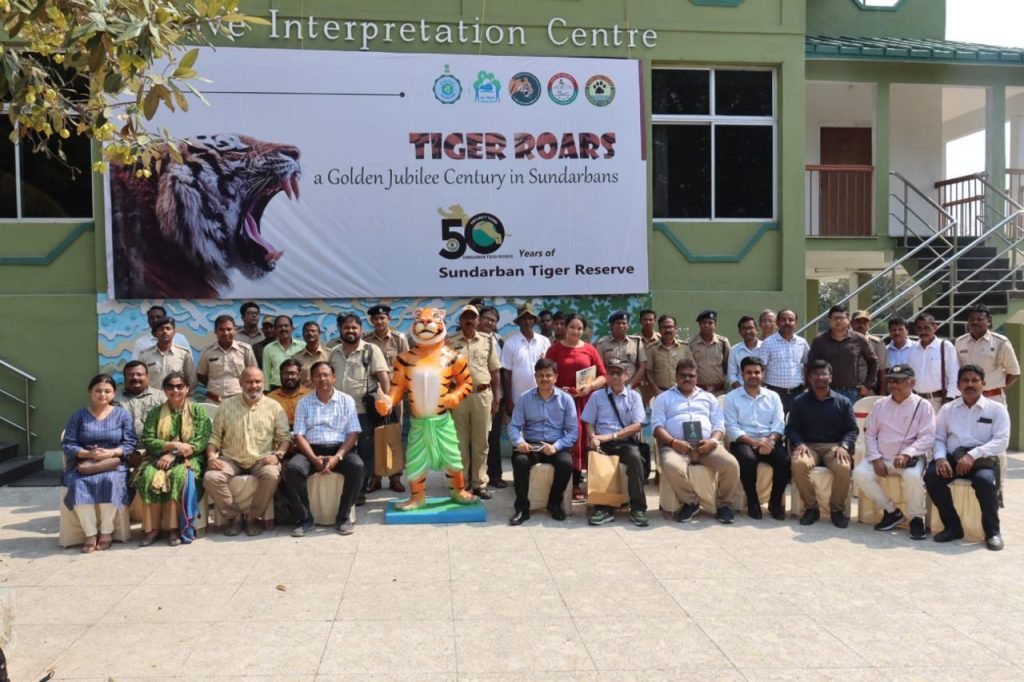
He has led efforts to estimate population trends of the saltwater crocodile, a flagship species of the Sundarbans’ aquatic ecosystem. The last survey of these crocodiles was conducted in 2012. Jones has since spearheaded a new survey to update the data on this species.
BIRD FESTIVAL
Through his proactive efforts, Jones has initiated the Sundarban Bird Festival, the first of its kind in the region. The festival has successfully held two editions, significantly expanding the discussion on avifauna conservation in the Sundarbans.
